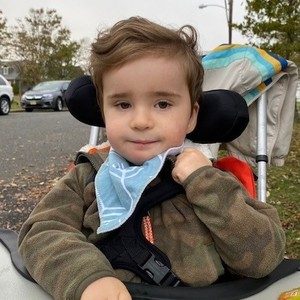Stella
Share This Post
Stella is 12 years old. She has always been a nice little girl, very active and loves being with others.
Often very sweet and affectionate. She loves music very much and has a good rhythm when she dances. From birth, she used to cry a lot so she was often in the arms of us parents and grandmothers. When she slept she used to make many movements, but they told me it was normal.
She started walking on her own at 20 months. She had been walking for some time but had fear of falling.
She used to say only a few words and from an early age she was always clumsy, falling to the ground frequently. We started to worry around the age of 2 and a half because she was behind in speech and she was diagnosed with developmental delay at around 3 years old.
But unfortunately the doctors didn’t offer us further checks, so we started going around to the best hospitals and doctors in Italy. We started to do brain MRIs and then genetic investigations during those years.
Stella started speech therapy early and from the age of 3 years old she had a support teacher at school. Unfortunately, the most serious problem came when she was 8 years old. She was diagnosed with epilepsy. Until then, she only had a couple of seizures during episodes of high temperature. In all these years we have done MRI and genetic investigations as well as routine EEG checks and various analyses.
The GRIA3 mutation had already emerged from genetics some time ago, but initially we said that it did not depend on that because being in the X gene, the pathology usually occurs in males while females are healthy carriers. So they checked us and her brother, because Stella has a healthy 18-year-old brother, but then they confirmed to us that unfortunately it was a mutation born in her, so it was not inherited. That mutation born in the one between the two X genes that interferes with the neurological part and language. So we had a diagnosis after 12 years.
The main problem is certainly epilepsy. Up to the age of 8 Stella was improving in everything, but epilepsy penalizes her a lot by slowing down her learning process. These last few months Stella has has an epilepsy episode every 6 days. Last year we went through a period in which it she had many, sometimes 4 times in a day. They are tonic-clonic seizures and focal epilepsy that starts from the right hemisphere of the brain. The first two years the epilepsy episodes lasted about 3 or 4 minutes while for some time now they have been lasting about 1 minute and a half. Most of her seizures happen at night while she sleeps.
Right now we are still doing drug tests to counter the epilepsy episodes but without results. Until now we have only had behavioral problems where she becomes restless and oppositional. At the moment, she has limited speech for her age, has difficulty with fine motor skills, such as cutting with scissors, and has problems with reading and writing. She is autonomous in many things but we help her, for example, in putting on her shoes or tying her jacket. However, she is a bit awkward when dressing.
We are happy to have found this group because we realized that our daughter has a very rare disease and we think it is necessary to share our experience. We parents are trying not to ask ourselves questions about what Stella will be like when she grows up and what she will come to do, but the biggest goal is and always will be to keep her in good health and above all to always make her happy.
Read more Posts

Ciaran
Ciaran was born on April 23, 2018. At around 10 weeks old, we noticed that Ciaran wasn’t meeting his milestones. Countless doctors’ appointments and early intervention visits followed for the next several months with no real answers.

Wellson
Wellson knows several colors, basically every animal noise and can count to 10 with help. These little milestones are HUGE!
